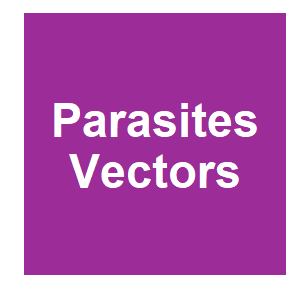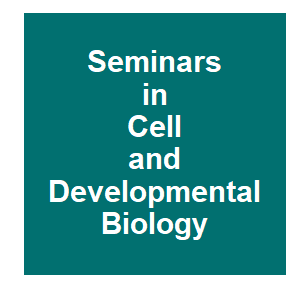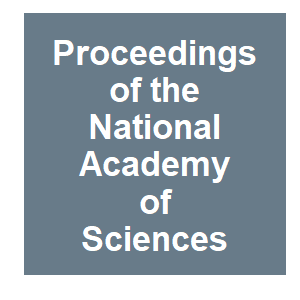
Keywords: gene

|
The need for new vector control approaches targeting outdoor biting anopheline malaria vector communitiesS. Sougoufara, E. C. Ottih and F. Tripet, Parasites & Vectors, 13:15. 2020.
Since the implementation of Roll Back Malaria, the widespread use of insecticide-treated nets (ITNs) and indoor residual spraying (IRS) is thought to have played a major part in the decrease in mortality and morbidity achieved in malaria-endemic regions. In the past decade, ... Keywords: Anopheles gambiae, drosophila, expression, gene, history 1975-2000, integration, musca-domestica, promoter, transformation, transgenic, transposable element, vector |

|
Improving plant-resistance to insect-pests and pathogens: The new opportunities through targeted genome editingD. S. Bisht, V. Bhatia and R. Bhattacharya, Seminars in Cell & Developmental Biology, 96:65-76. 2019.
The advantages of high input agriculture are fading away due to degenerating soil health and adverse effects of climate change. Safeguarding crop yields in the changing environment and dynamics of pest and pathogens, has posed new challenges to global agriculture. Thus, ... Keywords: Anopheles gambiae, drosophila, expression, gene, history 1975-2000, integration, musca-domestica, promoter, transformation, transgenic, transposable element, vector |

|
Stable transformation of the yellow fever mosquito, Aedes aegypti, with the Hermes element from the houseflyN. Jasinskiene, C. J. Coates, M. Q. Benedict, A. J. Cornel, C. S. Rafferty, A. A. James and F. H. Collins, Proceedings of the National Academy of Sciences of the United States of America, 95:3743-3747. 1998.
The mosquito Aedes aegypti is the world's most important vector of yellow fever and dengue viruses, Work is currently in progress to control the transmission of these viruses by genetically altering the capacity of wild Ae, aegypti populations to support virus replication. The ... Keywords: Anopheles gambiae, drosophila, expression, gene, history 1975-2000, integration, musca-domestica, promoter, transformation, transgenic, transposable element, vector |

Contact
David O’Brochta
Foundation for the
National Institutes of Health
geneconvenevi@fnih.org
RSS

